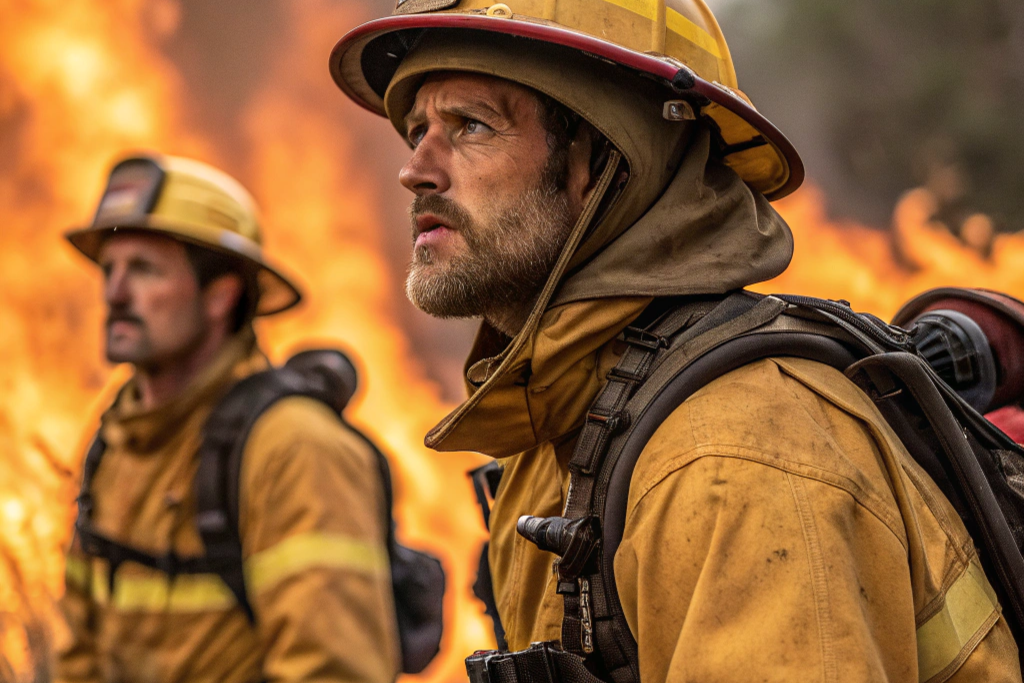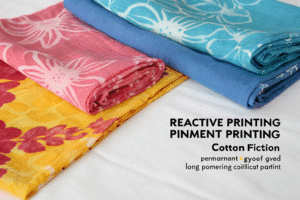Firefighters who step into wildland fires face an environment that is unpredictable, exhausting, and life-threatening. The protective clothing they wear is their final barrier against extreme heat and radiant flames. Yet, many buyers struggle to find the right suppliers for ISO 15384 certified wildland fire shelter textiles. The shortage of reliable information and the risk of counterfeit fabrics often cause unnecessary delays and safety risks.
ISO 15384 certified wildland fire shelter textiles can be sourced from trusted technical fabric suppliers and protective clothing manufacturers in Asia, Europe, and North America, with strict certification standards ensuring their compliance. These fabrics typically come from specialized mills working with aramid blends, flame-retardant viscose, and high-performance coatings designed for firefighter safety.
The global textile supply chain is complex, but the good news is that several manufacturers and distributors focus exclusively on protective apparel fabrics. In the following sections, I will explain where to find these textiles, what to check before purchasing, and how to partner with suppliers who can guarantee certification and reliability.
Which suppliers provide ISO 15384 compliant fabrics?
Finding a reliable source of wildland firefighting fabrics requires more than a quick search. Many companies advertise flame-retardant textiles, but only a few can prove ISO 15384 compliance with official test reports.
The top suppliers of ISO 15384 certified wildland fire shelter textiles include manufacturers in China, Spain, and the UK, who combine innovative fibers with advanced finishing to meet EN ISO 15384:2020+A1:2021 standards.
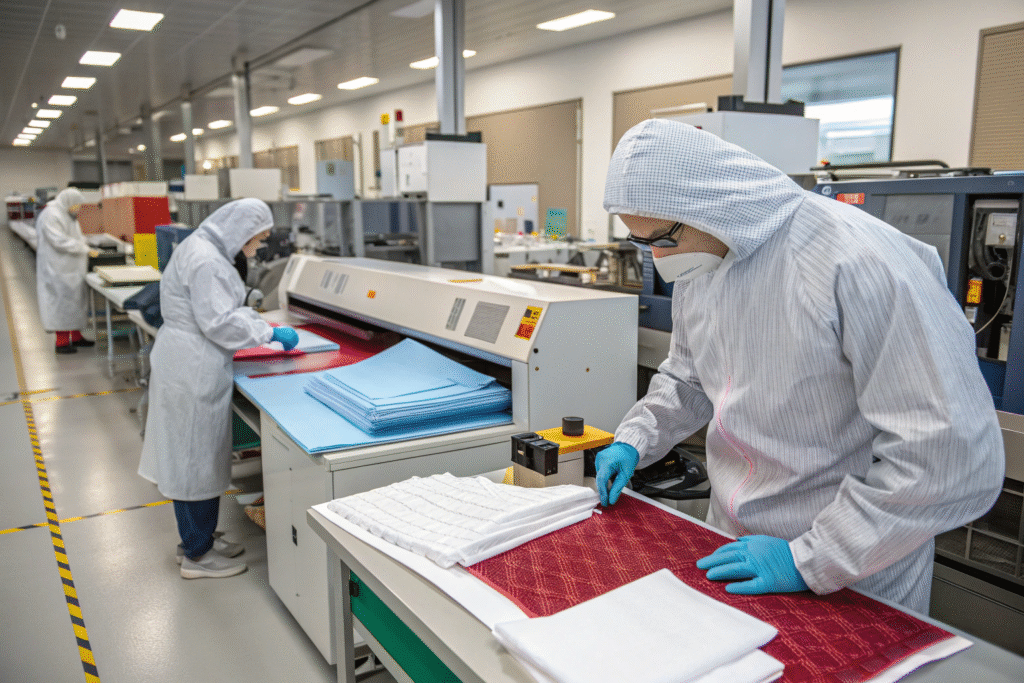
Buyers need to confirm certification with third-party test data, ensuring fabrics meet criteria for radiant heat transfer, seam strength, shrinkage resistance, and thermal comfort. Without proper documentation, procurement risks increase significantly.
What certifications should I demand before purchase?
When choosing wildland firefighting fabrics, I always request EN ISO 15384 certification reports, usually issued by accredited labs like SGS or Intertek. These reports verify that the fabric passes radiant heat, thermal resistance, and water vapor permeability tests. I also check for NFPA 1977 alignment when selling to the U.S. market, as American buyers often require both standards for acceptance.
Additionally, suppliers should provide QR-code-based quality traceability systems. For example, Marina Textil in Spain uses a system where every roll of fabric has digital access to technical performance data. This transparency builds trust and helps buyers avoid compliance disputes at customs.
Which materials meet ISO 15384 requirements best?
In my experience, aramid blends (such as Nomex® and Kevlar®) and FR viscose are the most consistent performers. These materials balance comfort and protection, with heat resistance up to 260°C and shrinkage below 5%. Some manufacturers also add Lenzing FR fibers to improve softness and moisture management. For lightweight wildland suits, fabrics in the 220–280 g/m² range are ideal. I often recommend blends with elastane for improved mobility, as they are widely used in Europe for ergonomic fire suits.
How do international suppliers compare on pricing and quality?
Many buyers worry about paying too much or sacrificing quality when sourcing firefighting fabrics from overseas. This fear is justified, as price differences between Europe and Asia can be significant.
European suppliers like Marina Textil and FlamePro offer premium certified fabrics with higher prices, while Chinese manufacturers like Xinxiang Brilliance Textile provide cost-effective options with bulk production advantages.
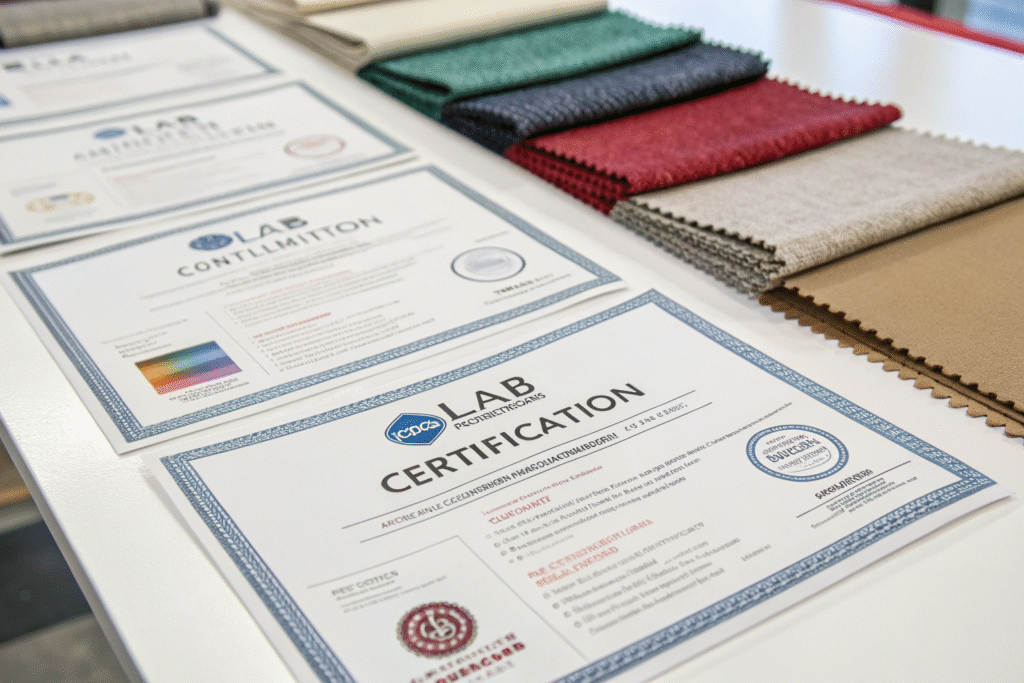
The choice often depends on your market: American and EU buyers prioritize certification and comfort, while emerging markets often focus on price-performance balance.
Are Asian manufacturers trustworthy for ISO 15384 fabrics?
Yes, but with careful due diligence. Companies such as Xinxiang Brilliance Textile have demonstrated compliance with EN ISO 15384 standards. They produce garments and fabrics for export, supplying OEMs for wildland firefighting gear. However, I always recommend requesting independent lab reports and not relying solely on supplier claims. It is also wise to check references from previous export customers, particularly those in the EU or U.S.
Asian suppliers offer competitive pricing due to large-scale aramid spinning and dyeing facilities. Many also provide custom embroidery, coating, and inspection services, which reduce downstream processing costs. However, buyers must manage longer shipping schedules and sometimes stricter payment terms.
Why do European fabrics cost more?
European manufacturers like Marina Textil or FlamePro often use higher-end fiber blends and advanced finishing technology. Labor costs and sustainability investments also raise prices. For example, Marina’s ARAMAR® series incorporates aramid, FR viscose, and elastane for unmatched comfort and flexibility. These fabrics are tested under EU regulations, often exceeding ISO 15384 minimum requirements.
For projects serving premium markets, European fabrics provide not only technical performance but also brand credibility. Customers in North America or Scandinavia may feel more confident with “Made in Europe” textiles, especially when public procurement is involved.
What should I check before importing ISO 15384 textiles?
Importing firefighting textiles involves more than choosing the right fabric. Buyers must navigate certification, logistics, and tariff considerations.
Before importing ISO 15384 certified fabrics, always verify test reports, review supplier reliability, and confirm tariff classification to avoid delays or unexpected duties.
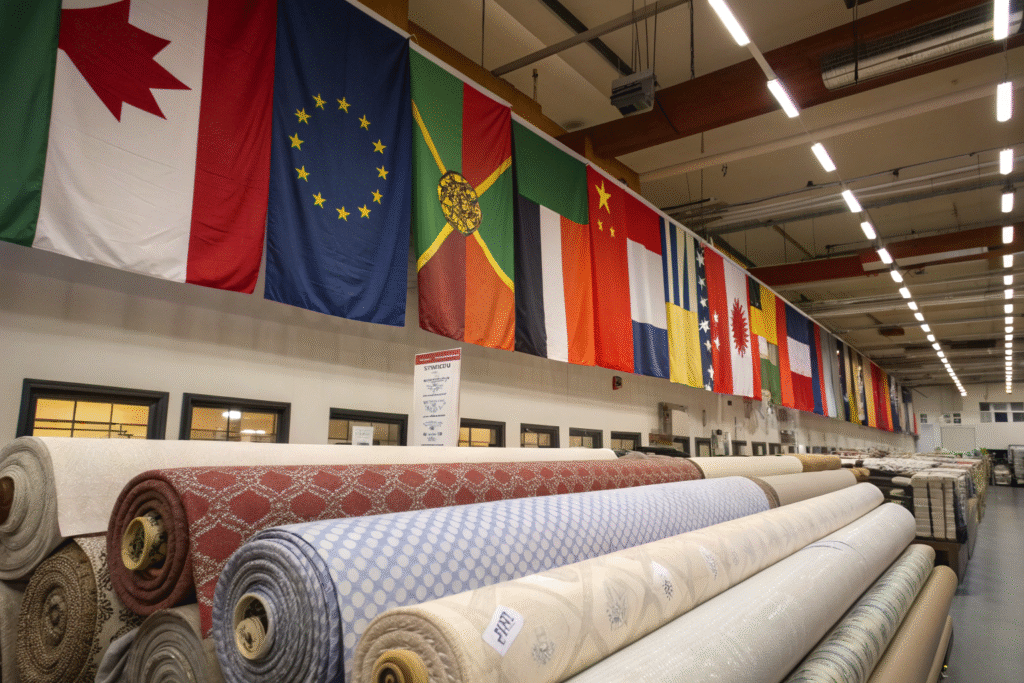
Mistakes in documentation or quality assurance can lead to shipment rejections, which is costly and damaging for both buyers and suppliers.
How do I confirm certification authenticity?
To confirm authenticity, I use cross-verification with notified bodies like BSI Group or UL Solutions. Suppliers should provide test certificates with batch numbers, lab logos, and official signatures. If the supplier refuses, that is a red flag. For larger orders, I sometimes hire a third-party inspector in China or Europe to check the fabrics before shipment.
Digital solutions are also gaining popularity. Some suppliers now embed RFID or QR codes on packaging, linking directly to
How do tariffs affect imports into the U.S.?
For U.S. buyers, wildland firefighting textiles are often imported under HS codes for technical fabrics. While many textiles face tariffs, protective clothing fabrics may qualify for duty reductions under trade agreements. Still, tariffs on Chinese imports remain a concern. That is why many American buyers diversify sourcing with both Asian production and European specialty suppliers. Consulting a customs broker before ordering is essential. I also suggest monitoring changes in trade policy, since textile tariffs often shift during trade negotiations.
Why partner with experienced fabric exporters?
When sourcing complex technical textiles like fire shelter fabrics, working with experienced exporters ensures smoother transactions, higher quality, and reliable logistics.
Partnering with suppliers who combine weaving, dyeing, coating, and inspection in one ecosystem reduces risk and saves costs, especially when targeting certified protective clothing markets.
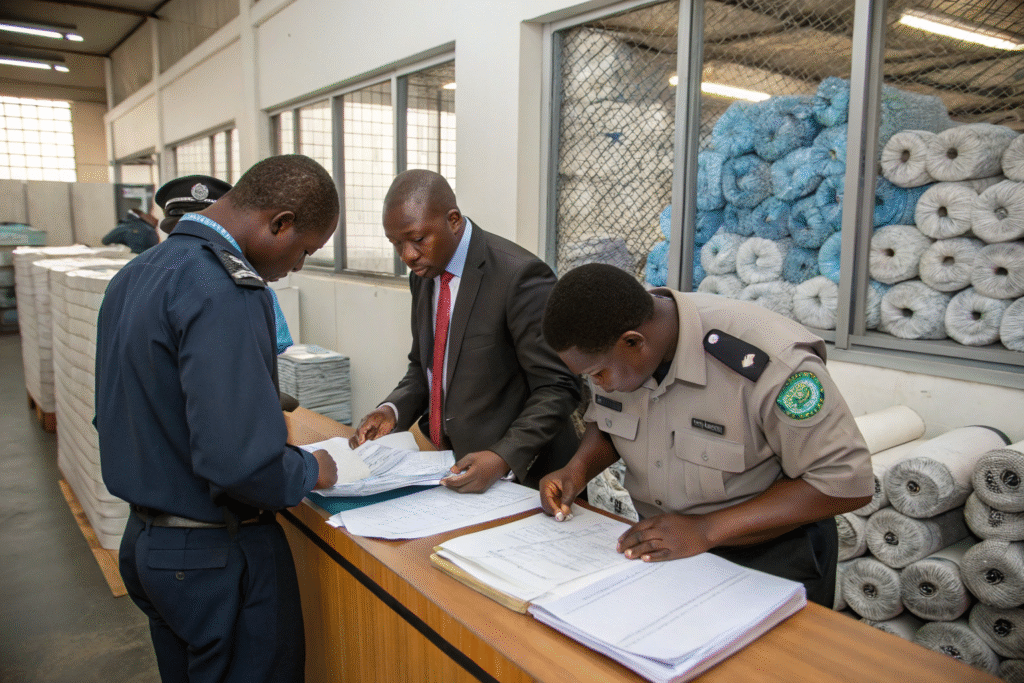
This approach is particularly useful when scaling production for government tenders or large distributors.
What advantages do integrated exporters offer?
Integrated exporters like Fumao Fabric provide end-to-end services, from weaving and dyeing to embroidery, coating, and packaging. They also manage quality inspections with CNAS-accredited labs to ensure compliance with international standards such as ISO 15384.
The main advantage is speed and reliability. For example, our team delivers samples within 48 hours and bulk production within weeks, supported by strong banking partnerships that guarantee cash flow. This speed helps buyers secure tenders and meet strict deadlines.
How can exporters support long-term buyers?
Long-term buyers benefit from co-creation partnerships, where exporters not only supply fabrics but also help with design, R&D, and certification processes. Many buyers from the U.S. and Europe rely on exporters for customized functional fabrics such as biodegradable blends or self-cleaning coatings. Exporters also provide overseas warehousing and multimodal logistics, which lower shipping risks and improve timeliness.
Working with the right exporter means you do not just buy fabric; you gain a partner who supports your brand growth and ensures compliance with evolving safety regulations.
Conclusion
Sourcing ISO 15384 certified wildland fire shelter textiles requires careful planning and strict verification. Reliable suppliers exist in Asia and Europe, but the key is to confirm certification, evaluate fabric performance, and manage logistics. From aramid blends to FR viscose, each material has strengths depending on the market and end use. Partnering with integrated exporters helps minimize risk and ensures you can deliver safe, certified products on time.
If you are ready to develop or scale your own line of certified firefighting textiles, I invite you to contact our company Shanghai Fumao. You can reach our Business Director Elaine at elaine@fumaoclothing.com for inquiries and partnership discussions. Together, we can provide world-class protective fabrics tailored to your needs.

